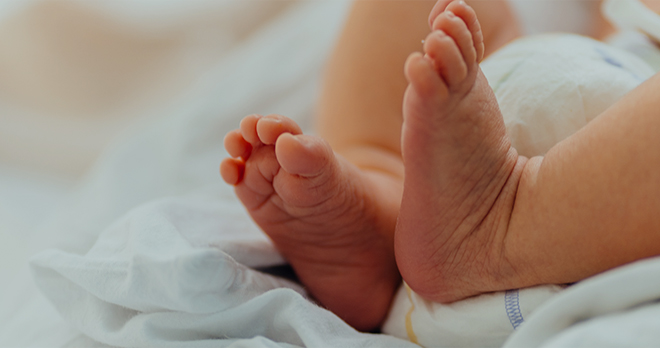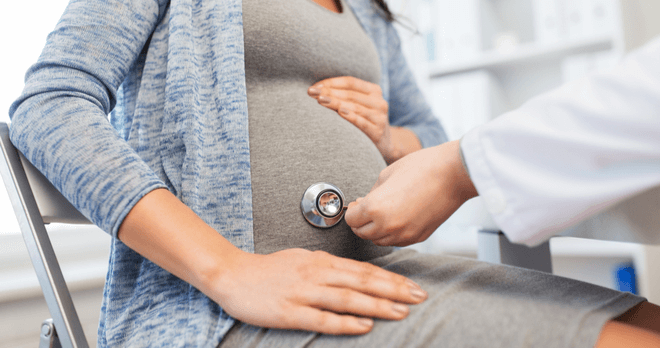

Legal support during an MNSI investigation.
If you’ve received a letter under the Early Notification Scheme or are supporting an MNSI investigation into your child’s birth, you may be unsure as to your legal options. If so, we’re here to help.
Contact us for a free no obligation chat
Expert birth injury solicitors, on your side.
Whatever the circumstances leading to your child's injury, our solicitors are here to help you to understand your legal options in an MNSI investigation.
The MNSI programme requires NHS Hospitals to report to their team within 30 days all incidents where babies (who were born at term and following a labour) had a potential severe brain injury diagnosed within the first week of life.
You may, understandably, be feeling overwhelmed by this process whilst coming to terms with what has happened to your child. If so, we’re here to help you understand your legal options, including whether you have recourse for compensation for your child’s injury.
About RWK Goodman’s birth injury team:
- We are nationally recognised specialists in birth injury cases and have recovered millions of pounds for hundreds of children who have suffered a brain injury as a result of negligent medical care.
- We will listen to your story and make ourselves available to suit you.






Call for a free consultation on whether you have a claim
Find out more about the MNSI process.
If you’re looking to understand more about the MNSI process, make sure to read our guide which has answers to many common questions.
FAQs about the MNSI process.
If you consider any of the factual evidence you want to give is controversial or it seems to contradict the account of events given by staff then it may be sensible to seek legal advice early on. You will be sent a draft copy of the MNSI report to review before it is finalised; this will give the opportunity to raise any concerns that you have about its accuracy.
You may be concerned that the report will prejudice any later legal action you want to consider if you agree to its contents. If this is a real concern of yours then it would be important to seek the advice of your own independent solicitor.
The MNSI is not designed to apportion blame, it is more a fact-finding exercise in order to ascertain whether there are key types of failures in maternity care that would enable general learning and teaching of maternity staff to improve.
The views of the family are very much taken into account as are the accounts from the staff involved in the critical incident. The clear premise of these maternity investigations is to enable lessons to be learnt and allow for sharing of knowledge so that hopefully systems in place can change to prevent similar incidents recurring.
Families may wish to seek legal advice and general support from a specialist clinical negligence solicitor as part of this process, albeit that lawyers cannot be directly involved or contribute to the report.
If you wish to investigate a claim for damages for your child it is important to speak to a specialist birth injury solicitor. A solicitor will give you advice on funding options for bringing a claim and set out the key documentation and expert evidence that will be required.
The investigation into a civil claim for damages can take place concurrently with the MNSI and ENS processes. Lawyers for the ENS and the family frequently work together in trying to bring the case to a conclusion in respect of liability.














